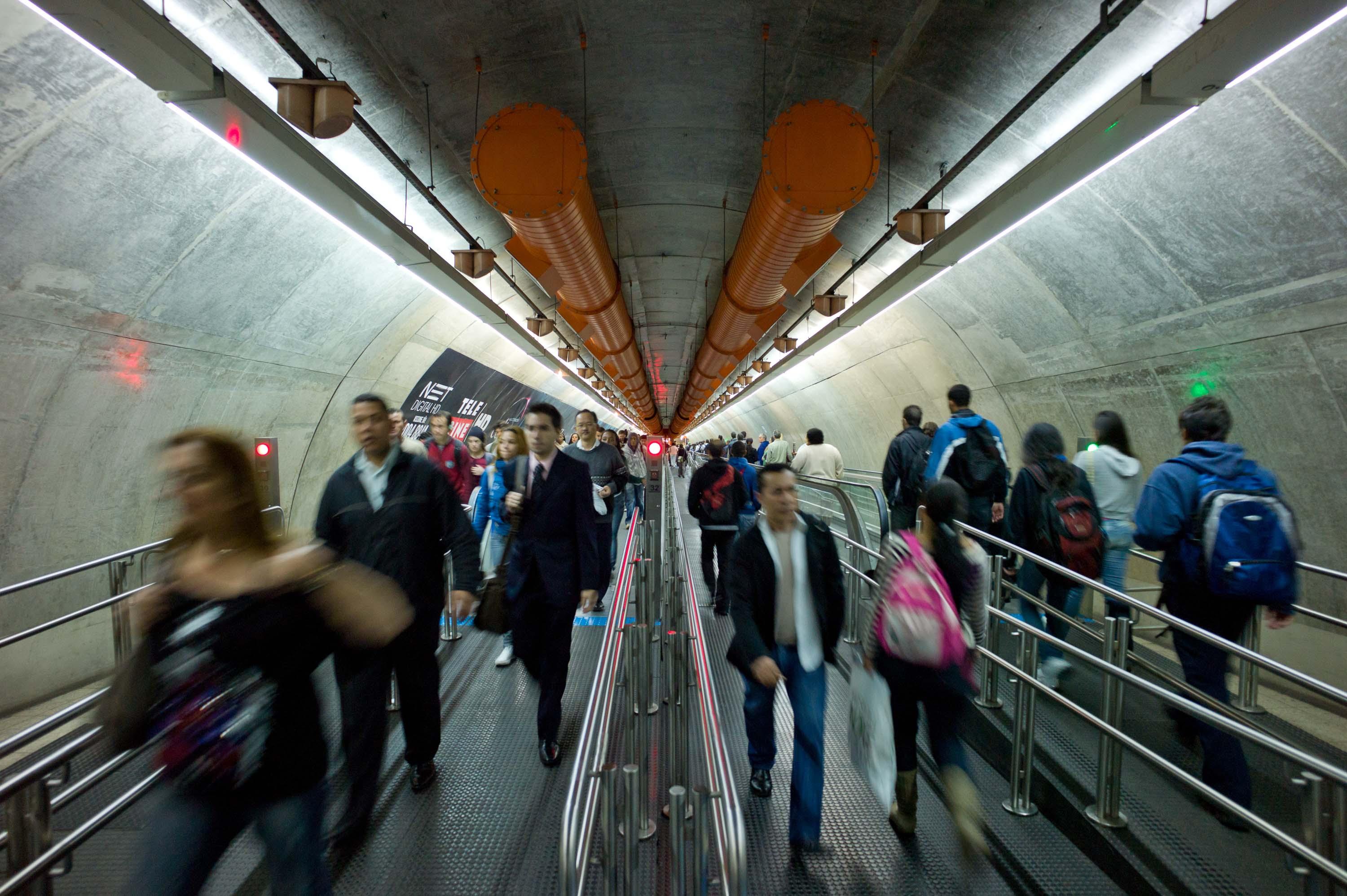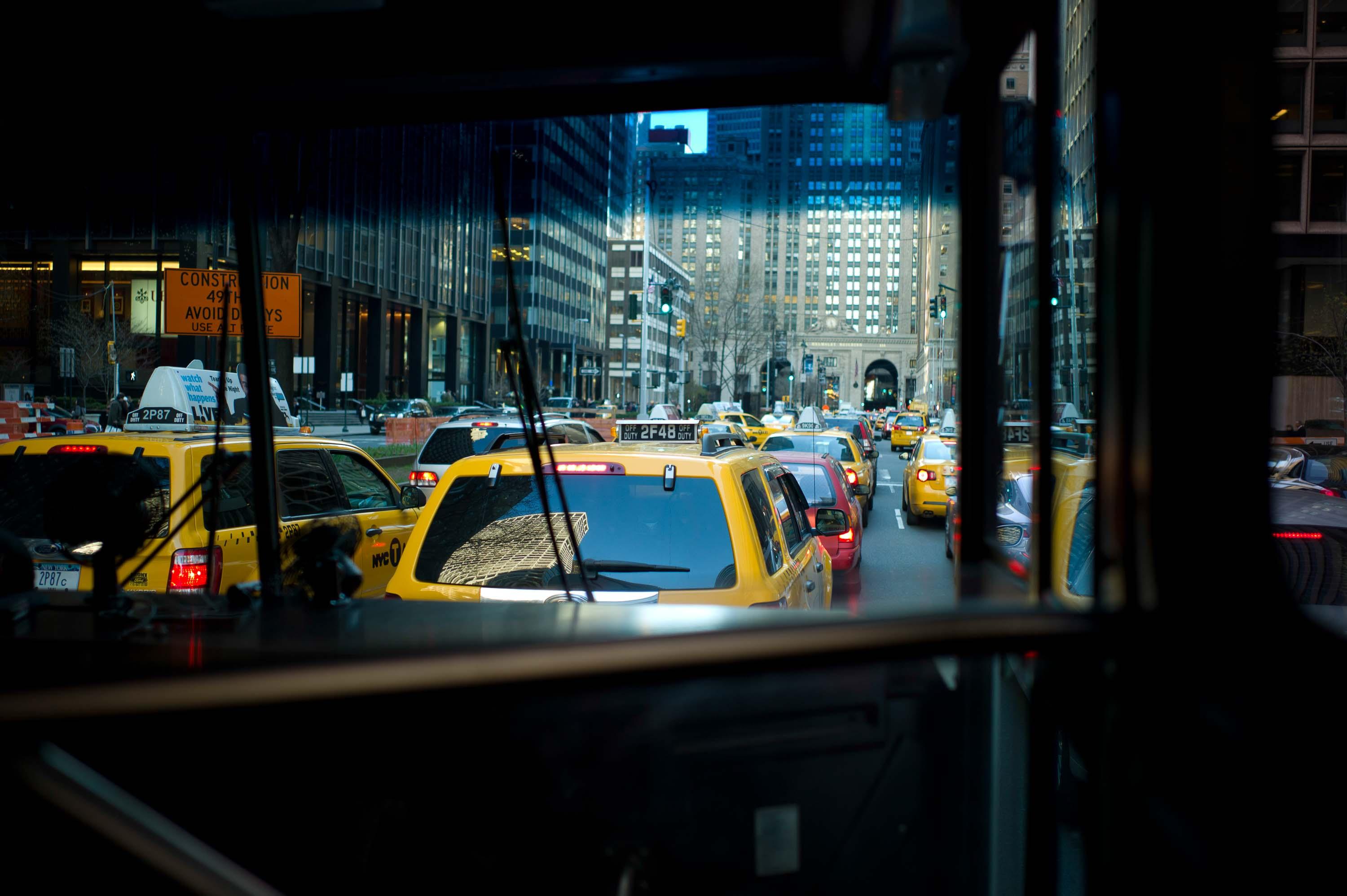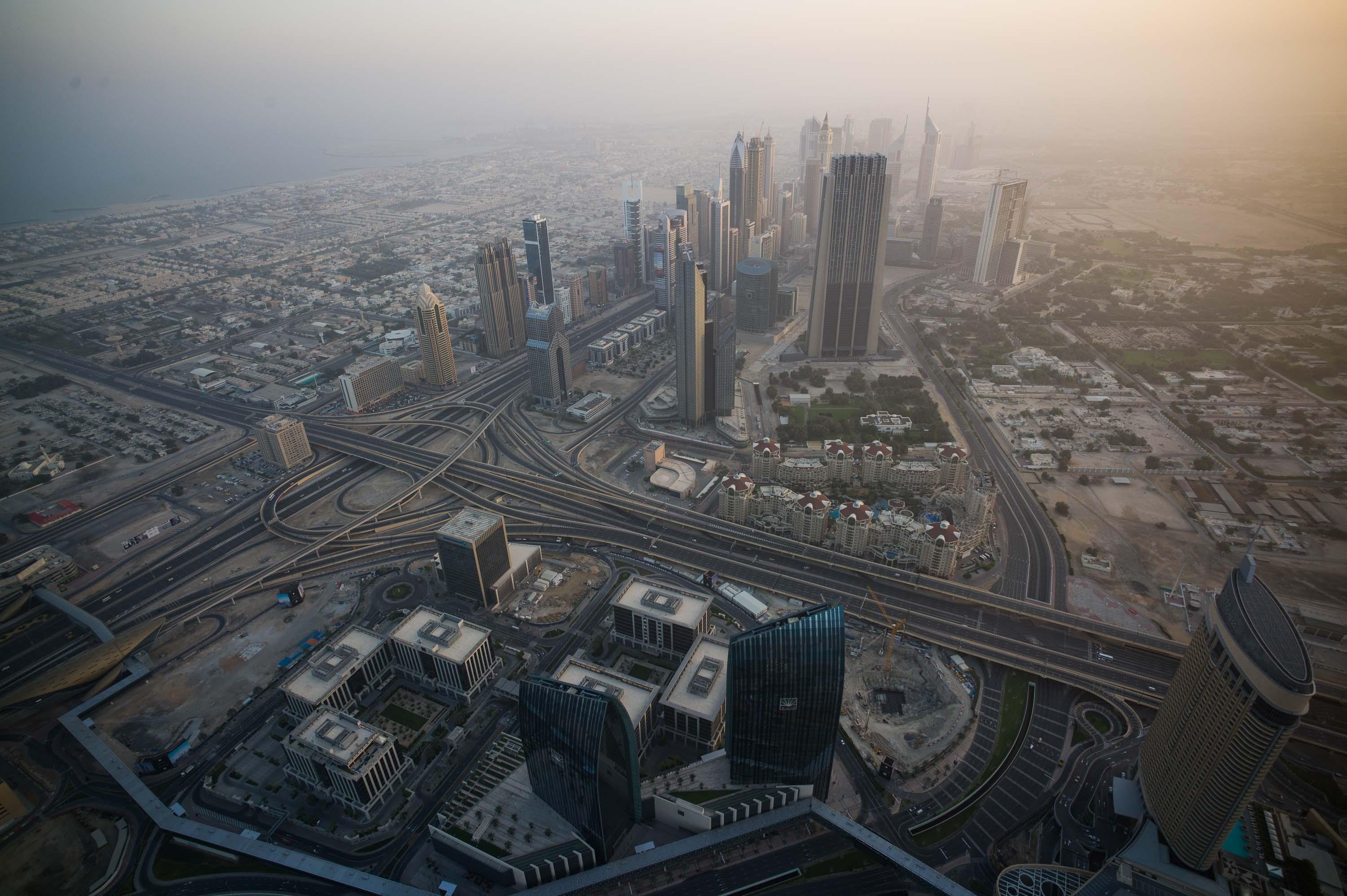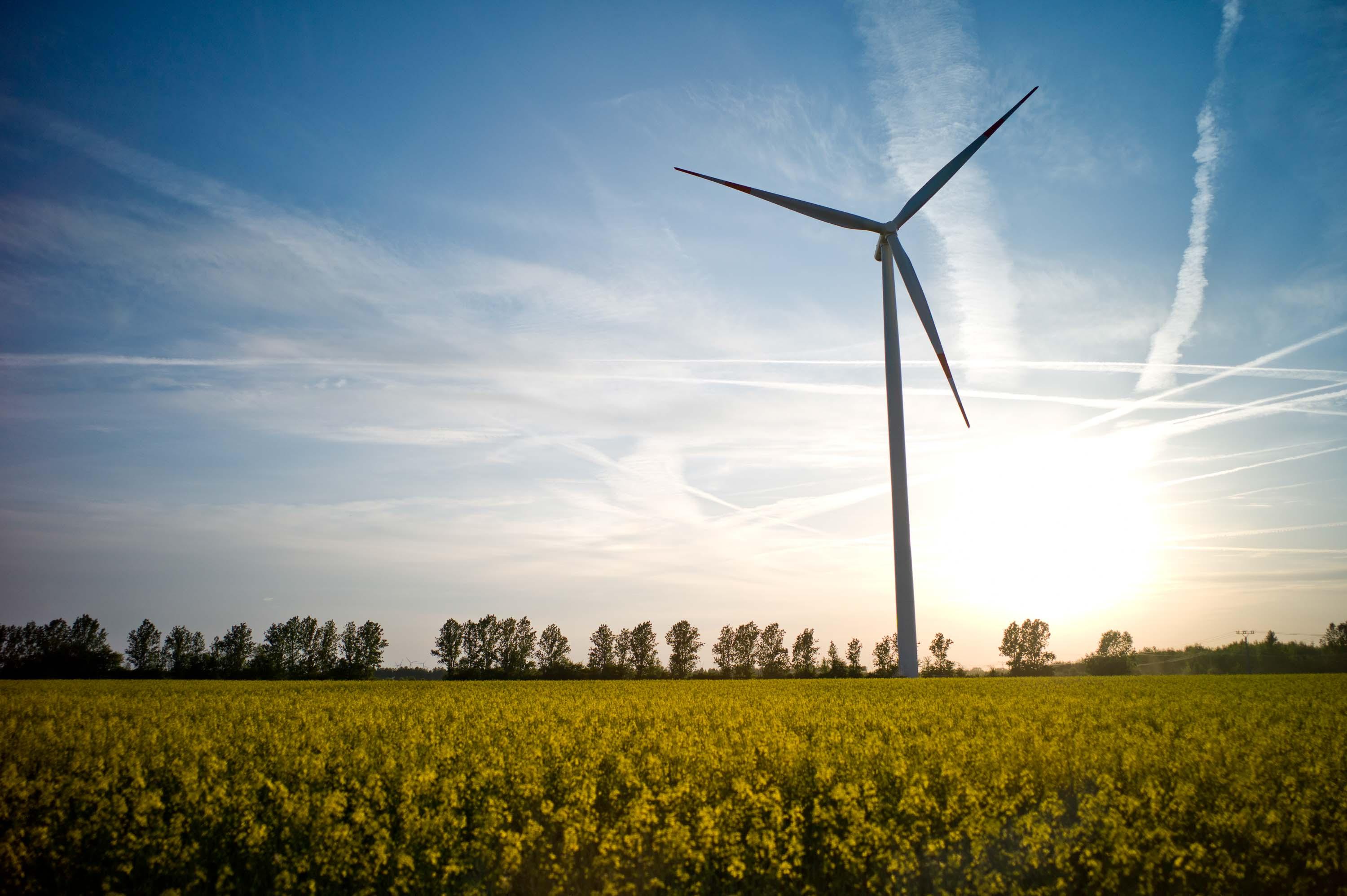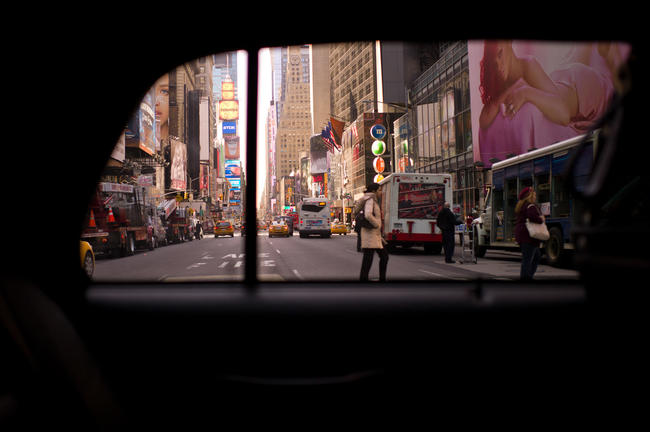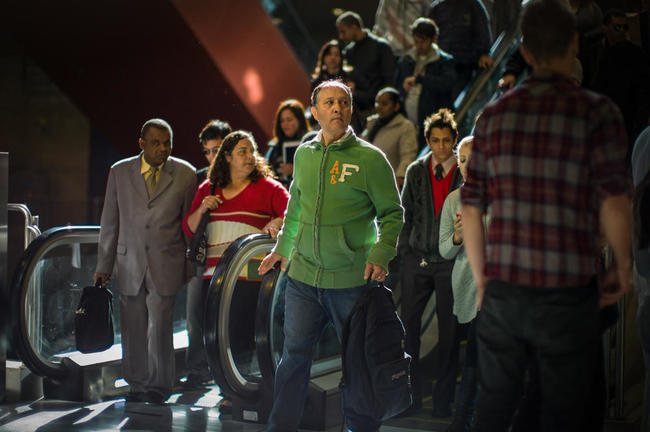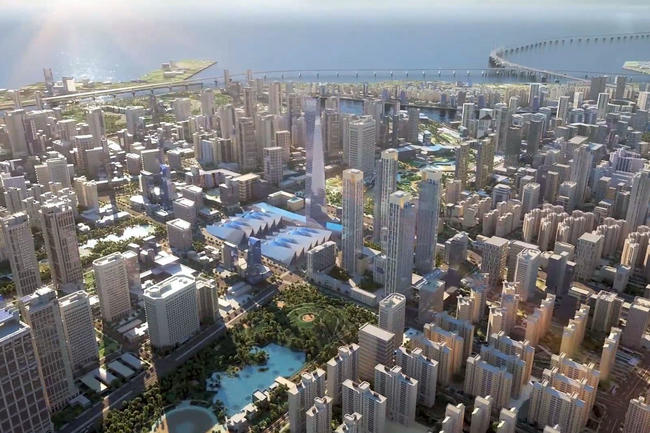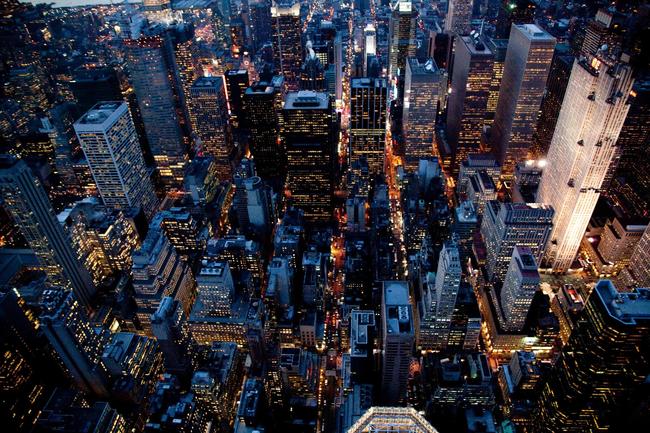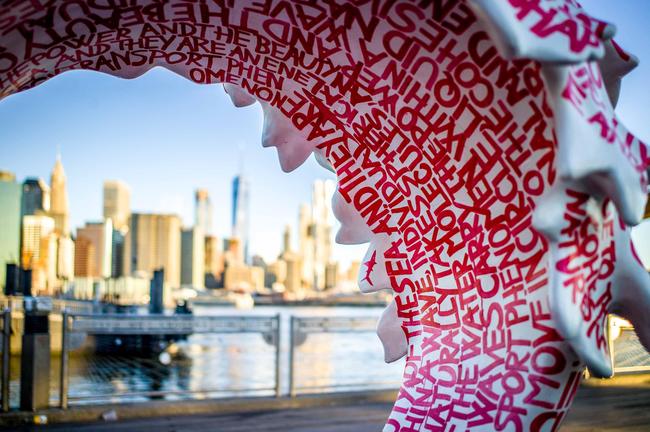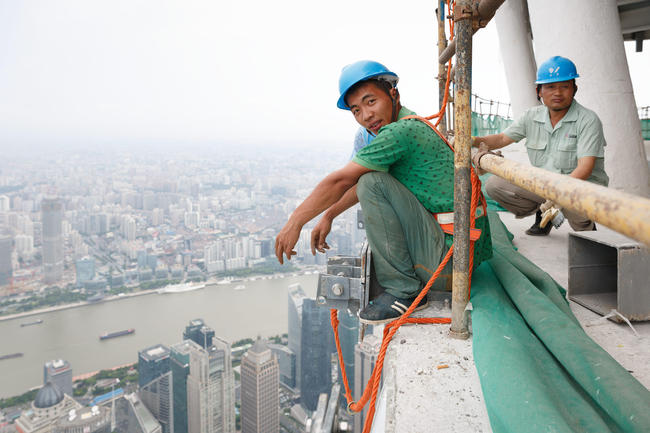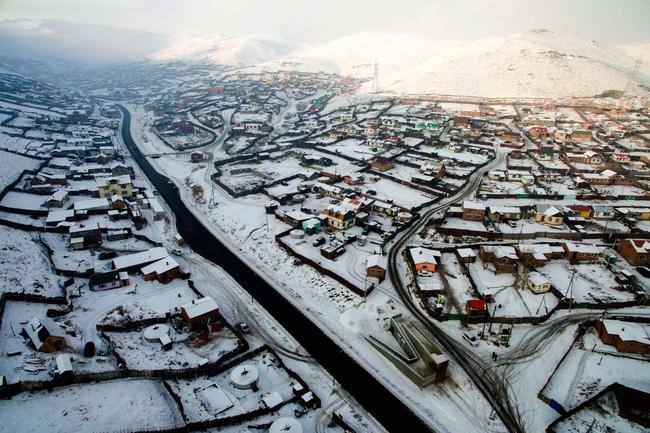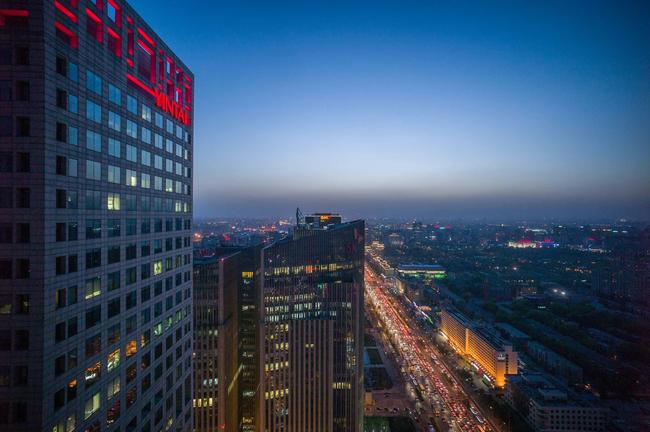
Cities crucial to climate challenge
The explosion of urban migration combined with overall global population growth is likely to add another 2.5 billion people to towns and cities by 2050 – with close to 90 per cent of this rise in Asia and Africa. India is projected to add 404 million urban dwellers, China 292 million and Nigeria 212 million. To accommodate and cope with this unprecedented migration, creating low carbon and resilient infrastructure will be crucial, and a chance to achieve acceptable levels of climate change. Failing to go down the right road – the low carbon development pathway, will lock us into long lasting, high carbon infrastructure, which would be very bad news for our future.
So why is climate change relevant? Over the past 150 years, we’ve changed the balance of our planet by living beyond our means. We’ve burnt huge amounts of fossil fuels, (such as coal, oil, and gas), leading to emissions of carbon dioxide and other greenhouse gases. We’ve bred massive amounts of methane-producing livestock and cut down vast swathes of forests, which would naturally absorb carbon dioxide from the air. This has increased CO2 concentrations in the atmosphere, trapping more infra-red radiation around the Earth, and leading to a rise in global temperature. The science of climate change is built on two centuries of theory and evidence, with evidence growing ever stronger that the risks of unmitigated unchecked climate change are immense.
Levels of planet-warming gases in the atmosphere are now almost a fifth higher than they were in 2005, so we are still going in the wrong direction. In 2016, Co2 reached 450 parts per million (ppm). When global levels topped 400ppm back in March 2015 this was already considered unheard of in millions of years.
Annual global average temperature is close to 1°C higher than its pre-industrial level, and we are seeing devastating impacts in many parts of the world associated with only 1°C of warming. Climate change is having serious effects on the world’s water systems through more flooding and droughts. Glaciers and ice sheets are in decline and sea levels are rising, destroying homes and livelihoods, and rainfall patterns are more extreme. Yet these devastations pale compared to the risks we would face in the future if we don’t curb our carbon footprint.
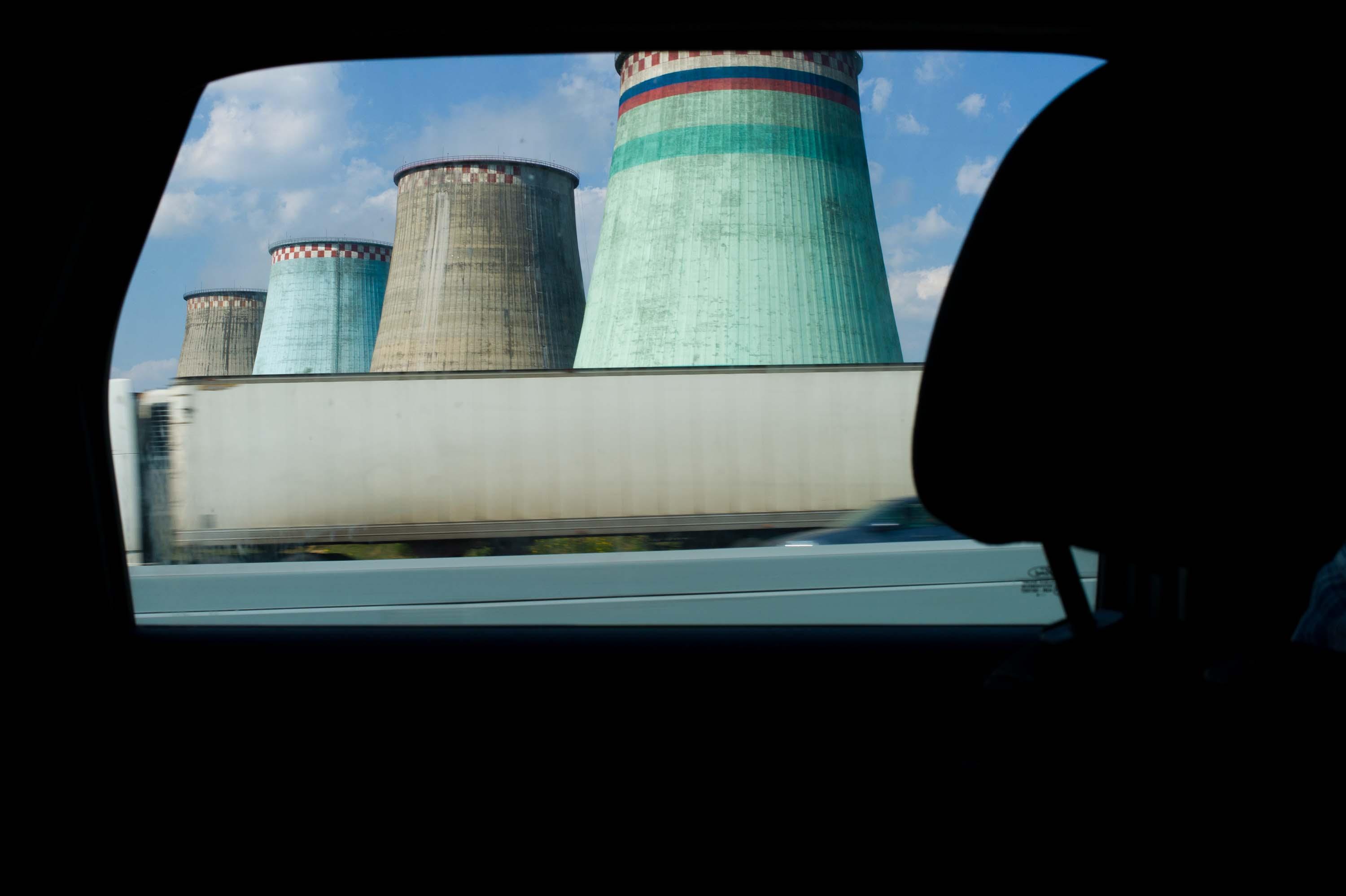
Inaction or weak action over the rest of this century will mean global emission levels which could end up more than twice as high as they are now. This would mean surface temperature rises creeping up to 4–5°C, creating unprecedented risks for humankind – risks that will likely have ‘severe, pervasive and irreversible impacts’, says the (worldwide) Intergovernmental panel on climate change’s bigger ever assessment by more than 800 scientists.
Potential damage from climate change intensifies as the world gets warmer, and cities are particularly vulnerable to climate risks, including floods, droughts and heatwaves. But we can still change our predicament, creating a brighter and more sustainable future. And cities are showing that they are willing to jumpstart the climate action – action that needs to dramatically increase in pace and scale.
The milestone Paris climate conference (COP21) in December 2015 demonstrated an extraordinary amount of political will, with 195 countries adopting the first-ever universal, legally binding global climate deal to cut harmful emissions and keep global temperature rises this century well below a 2°C limit. Last year, a coalition of cities and other non-state actors committed to support the Paris Agreement by creating ambitious climate actions that would aim to keep global warming even lower, to under 1.5°C. These actions are still being developed, but the initiative is being supported by former New York City mayor Michael Bloomberg (and several other donors), who has committed more than $40m over the next four years to help cities develop these.
In basic terms, this means the world’s megacities must do 125 per cent more than they have done in the last decade over the next few years, according to Deadline 2020, a new report by C40, the global network of megacities focused on tackling climate change through urban solutions. C40 is founded on the idea that cities can achieve more by working together than acting alone; the sort of collaborative spirit that is the vision we need for our future.
It’s an uphill battle and one of the biggest problems is the volatility of political landscapes: as governments come and go, so do priorities. Knowing that governments are not, in the short term, willing to commit to achieving a pathway towards this emissions goal sets up a regular process of ‘review and ratchet’ at country-level. This means each of the 195 countries who have made emission promises will constantly be reviewed and told to be more ambitious in their contributions.
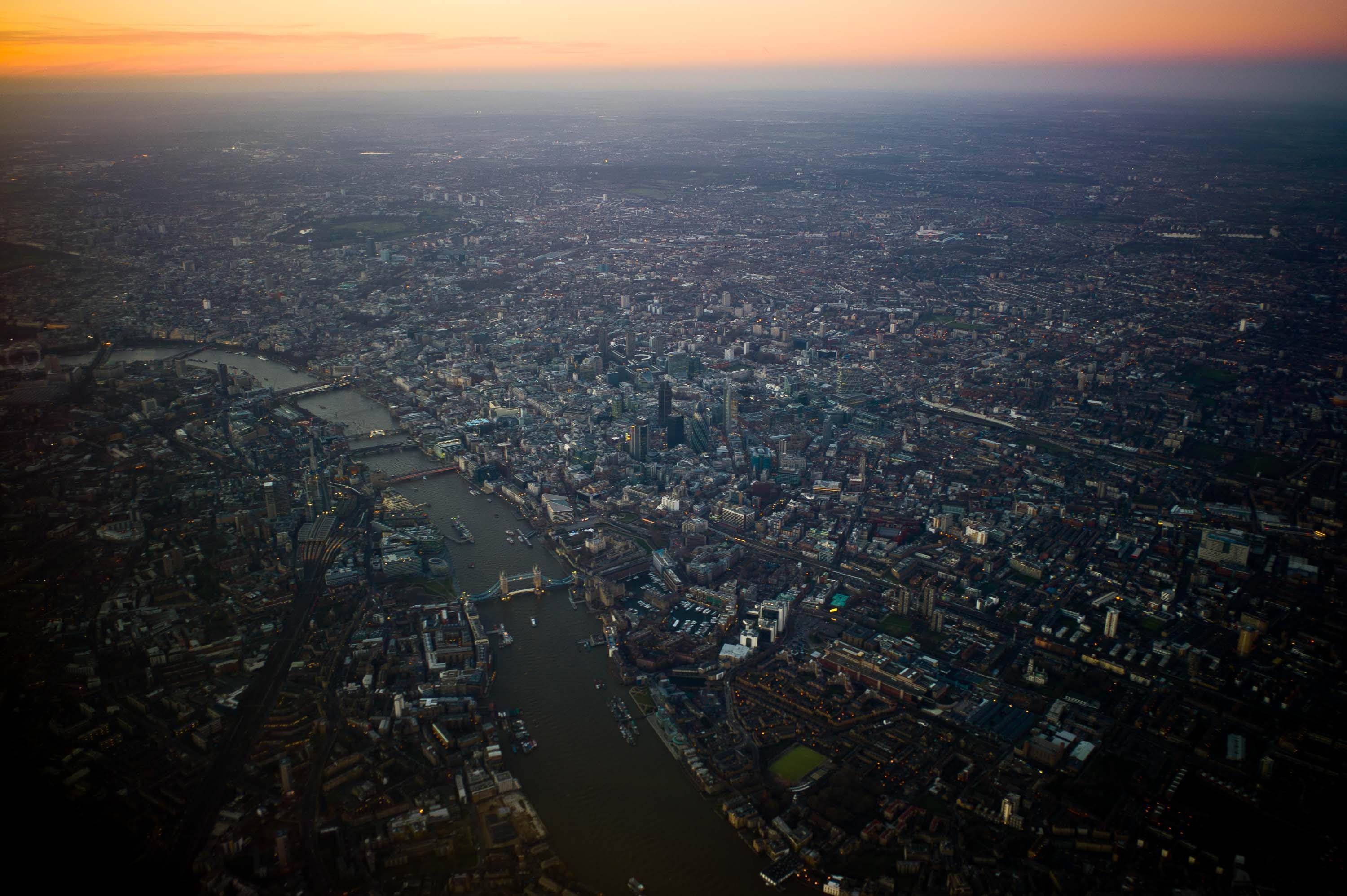
Back in 2006, the world was warned by the landmark Stern Review about the effects of global warming on the economy. Its report said climate change is the greatest and widest-ranging market failure ever seen, presenting a unique challenge for economics. The bottom line was that the benefits of strong, early action on climate change far outweigh the costs of not acting. If we’re truly honest, the Stern Review provides the only reason for most people to do something about climate change. We will not take any action if it’s just people on the other side of the world being affected. There has to be an economic driver that will actually affect us to cause anyone to sit up and take notice.
Cities are still the main source of global annual carbon emissions (80 per cent), and growing rapidly, which means more infrastructure. So the window for making the right choices is uncomfortably narrow because bad infrastructure and other investments will lock in capital, technology and emission patterns for decades. The more infrastructure there is, the more acute the dangers of this so-called ‘lock-in’. We must make low carbon choices in all areas of life: in our cities, communities, energy use and tourism.
The C40 cities climate leadership group has estimated that the world’s largest cities alone will require more than $1 trillion in investment in low carbon and climate resilient infrastructure between now and 2050 to achieve this and meet their climate promises – $375 billion of which must be ploughed in over the next four years, says Neil Walmsley, from the C40 group.
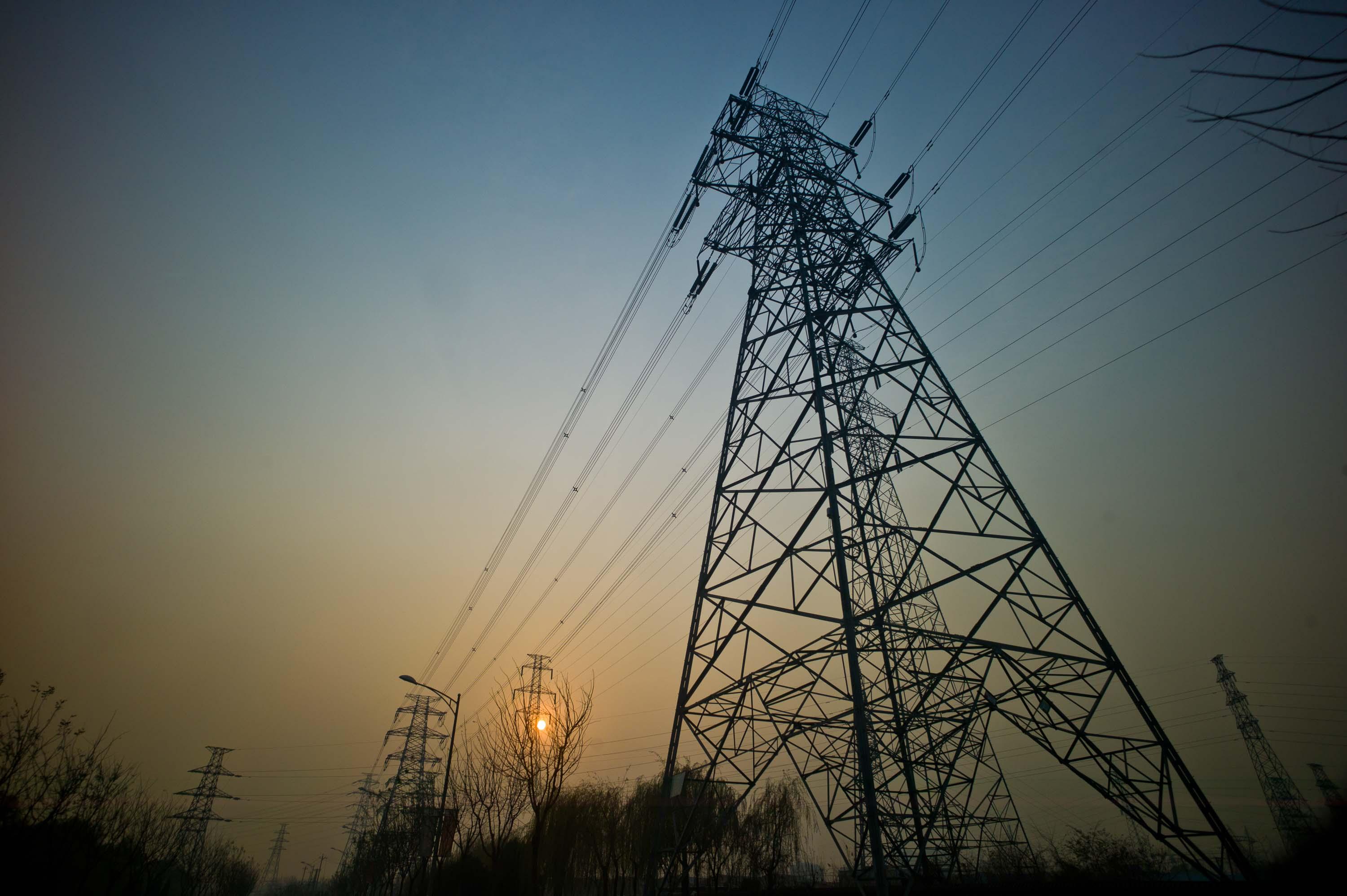
The later the action, the less likelihood of holding global warming to well below 2°C and the more costly it will be to achieve. Delay also means more reliance on either unproven future technologies, especially to produce so-called negative emissions, or on more ambitious action in the future, which may not be politically feasible.
So what can we do to keep warming to below 2°C? Cities are drivers of progress and innovation: they are well placed to benefit from strong action against climate change, which will boost innovation, efficiency and resilience, and cut noise, congestion and pollution. This will create an attractive environment for skilled labour, entrepreneurs, progressive firms, and other elements of economic strength. In cities and elsewhere, infrastructure is at the centre of the story of sustainable development.
But communication to both the general public and policymakers needs to be more concrete. Everyone needs to know that there is only one sustainable development: the low carbon and resilient one. Anything else is not only economically irrational, but also very dangerous for our society.
The science can’t be denied and the economic opportunity is there for the taking. Everyone now needs to focus on how to do it. If policymakers provide clear direction for new investments, they can realise so many crucial benefits. They can create new sources of economic growth, and lay the foundation for sustainable growth in the long term. They can make economic growth more inclusive growth, for instance with better access to jobs in more mobile urban populations, and more communities connected to decentralised, local power generation.
But why now? The time is opportune: interest rates are low and there is rapid technological change (energy production and use, digital, biotech, and sustainable construction materials). Smart urban planning can make all the difference. And investments in energy efficiency improvements in cities – the easiest way to curb carbon emissions and energy consumption – will ultimately pay for themselves. All this offers a huge chance to shape new low carbon infrastructure. In our growing cities, we need to unlock the finance for all this, shifting existing investment patterns to create new pools of capital. We must invest more in infrastructure, to promote growth and combat poverty.
With all these grand ideas come barriers and uncertainty. Banks, including national and regional development banks, together with regulators and the wider finance community, such as G20, must work to mobilise lending capacities, foster productive and profitable private capital, and incentivise clean and energy efficient infrastructure.
Bold steps have already been taken for cities, through facilities such as the C40 cities finance facility (CFF), funded by donors and development banks. One example is the CFF support to Mexico City in procuring an initial fleet of more than 100 electric buses to begin replacing an ageing diesel fleet, cutting both emissions and general air pollution.
Globally, there is a widespread consensus that international financial institutions can and will play a greater role in aiding better and more efficiently prepared projects in the infrastructure sector. The European Bank for Reconstruction and Development, for example, has created a €40 million infrastructure project preparation facility, to help with what are often complex beasts to procure and deliver. It has also ploughed €20 billion into sustainable investments in 22 countries since 2006.

Another step is the mission innovation initiative, to accelerate global clean energy innovation and make it widely affordable. This has been jointly announced by 20 countries, including China, the European Union, and United States. These countries have committed to doubling their public investments in clean energy research over the next five years.
Cities must also be drivers of the transition to low carbon growth and development. The 200 largest metropolitan economies host 20 per cent of the global population, yet generate 46 per cent of global GDP and almost three quarters of worldwide carbon emissions.
But it’s not just about the big financers. We all have a collective responsibility as individuals to sit up and think about the future seriously, not just coast along in our own little bubbles of reality, occasionally piqued by an article or scary statistic.
The public’s role is to exert pressure on both governments and businesses, as voters, citizens and consumers. If we do not grab these chances and move fast, a 2°C target will be out of reach, with grave consequences; the impact of which is already being felt in certain parts of the world. Many of those in the least developed countries, who have contributed very little to emissions, are the most vulnerable to climate change. You may not yet fall on this side of the coin, but it is only a matter of time before you will be affected. The next two decades will be decisive in our world history. This leaves us all with deep responsibility, as well as a great opportunity.
The commitment of cities to tackling climate change worldwide is clear and strong. Many see their commitments and efforts as central to the happiness of their citizens, providing them with competitive advantage in attracting talent and businesses.
More than 50 cities have announced they are on their way to total renewable energy, including San Diego and San Francisco in California, Sydney, in Australia, and Denmark’s capital, Copenhagen. Vancouver, on Canada’s west coast, has become the latest city to commit to running only on renewable energy. It aims to use only green energy sources for electricity, heating and cooling, and transportation.
Much of Africa is spearheading renewables and holds the key to unlocking a low carbon future. African nations have the chance to leapfrog the West by going straight to clean technology, such as renewable energy, because many are only just starting down the road of industrialisation.
People and businesses want to live and work in clean and green urban areas. Whoever develops expertise in shifting to 100 per cent renewable energy will own the 21st century.
Katherine Cooke is a climate policy professional at Oxford Policy Management. Views are her own. Edited by Eve Reed.

